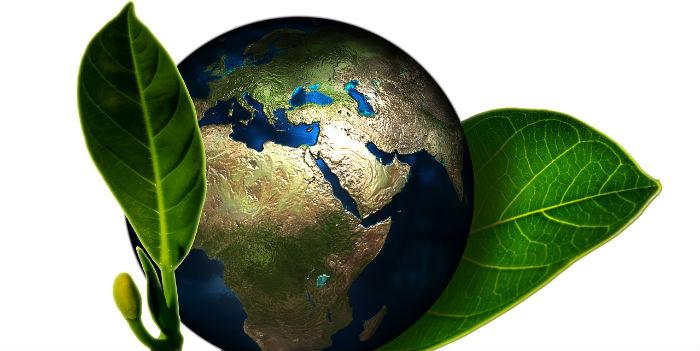International. On November 17, World Clean Air Day was celebrated, a ceremony led by the World Health Organization WHO, in its quest to raise the level of health and well-being of the population, due to the polluting emissions that affect people and for the environment.
On November 17, World Clean Air Day was celebrated, a ceremony led by the World Health Organization WHO, in its quest to raise the level of health and well-being of the population, due to the polluting emissions that affect people and for the environment.
This anniversary has been celebrated since 1977 every third Thursday in November, and this year it was celebrated with a reminder against environmental degradation, since in recent years deaths caused by respiratory and cardiovascular diseases have increased by 10% due to high air pollution in large cities.
For example, according to the WHO, every year in Mexico there are 14,700 deaths associated with diseases caused by air pollution, because it has nine of the most polluted cities worldwide.
The most polluted city is Monterrey, Nuevo León, which recorded 86 PM10 this year; followed by Toluca, State of Mexico, in second place with 80 PM10; and we found Mexico City in seventh place with 42 PM10.
There are standards for indoor ventilation and air quality such as those published by the American National Standards Institute (ANSI), which establishes the requirements necessary for a building to have adequate air circulation for the well-being of people. That is, it specifies the minimum levels of ventilation that are acceptable for human consumption and not only that, it also designates how much the air should be filtered depending on the levels of outdoor pollution, since air must be introduced by the ventilation systems at 17 CFM per person (cubic feet per minute per person).
On the other hand, purification and filtration systems are essential when talking about this topic, since in the air of a developed city we can find pollutants that are extremely harmful to people's health, for example sulfur dioxide, nitrogen dioxide, carbon monoxide and even ozone.
A system with standard technology can help, but usually existing cleaners on the market contain very dense porous filters, which when trying to stop dust, agents in the air and particles also stop the passage of air causing a decline in the pressure with which air circulates inside a building.
Trane, a company of Ingersoll Rand, a world leader in the creation and maintenance of comfortable environments, suggests that state-of-the-art air filtration systems for human consumption that have been verified by public health institutions be sought, in addition to guaranteeing the reduction of dust, 99.98% of allergens, including bacteria and viruses; in addition to lowering the levels of pollutants in enclosed spaces.
Trane believes that innovation begins with the knowledge of human needs, which is why it pays special attention to technological innovation for continuous improvement in air conditioning and thus create safe, healthy, comfortable and efficient spaces, because in buildings people grow, he lives, works, learns, has fun and performs most of his activities.














